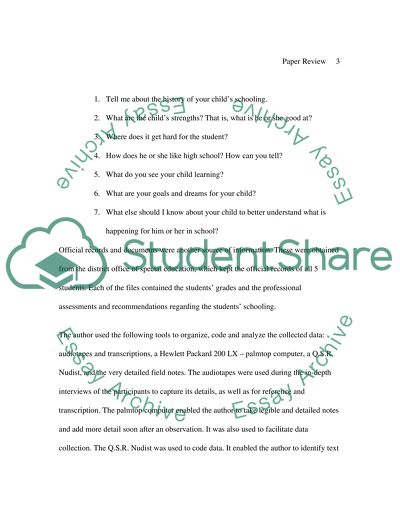Cite this document
(“Use of mild hypothermia after cardiac arrest Book Report/Review”, n.d.)
Use of mild hypothermia after cardiac arrest Book Report/Review. Retrieved from https://studentshare.org/health-sciences-medicine/1517529-use-of-mild-hypothermia-after-cardiac-arrest
Use of mild hypothermia after cardiac arrest Book Report/Review. Retrieved from https://studentshare.org/health-sciences-medicine/1517529-use-of-mild-hypothermia-after-cardiac-arrest
(Use of Mild Hypothermia After Cardiac Arrest Book Report/Review)
Use of Mild Hypothermia After Cardiac Arrest Book Report/Review. https://studentshare.org/health-sciences-medicine/1517529-use-of-mild-hypothermia-after-cardiac-arrest.
Use of Mild Hypothermia After Cardiac Arrest Book Report/Review. https://studentshare.org/health-sciences-medicine/1517529-use-of-mild-hypothermia-after-cardiac-arrest.
“Use of Mild Hypothermia After Cardiac Arrest Book Report/Review”, n.d. https://studentshare.org/health-sciences-medicine/1517529-use-of-mild-hypothermia-after-cardiac-arrest.


